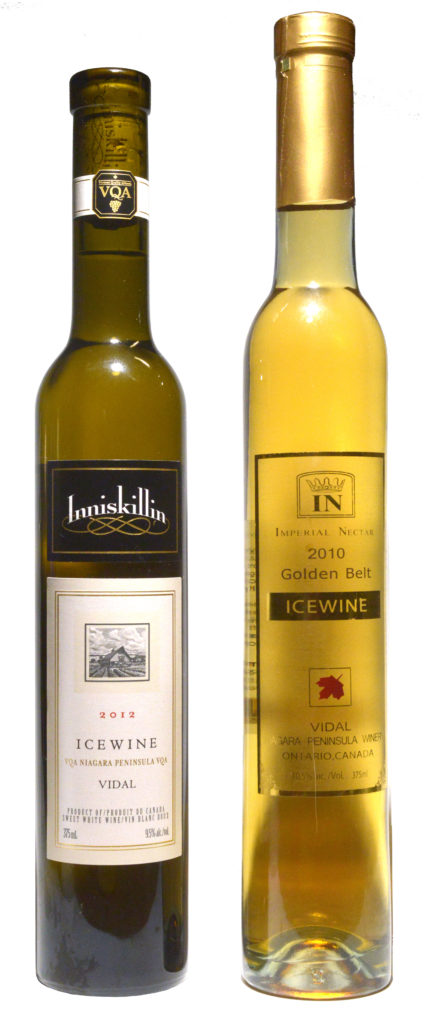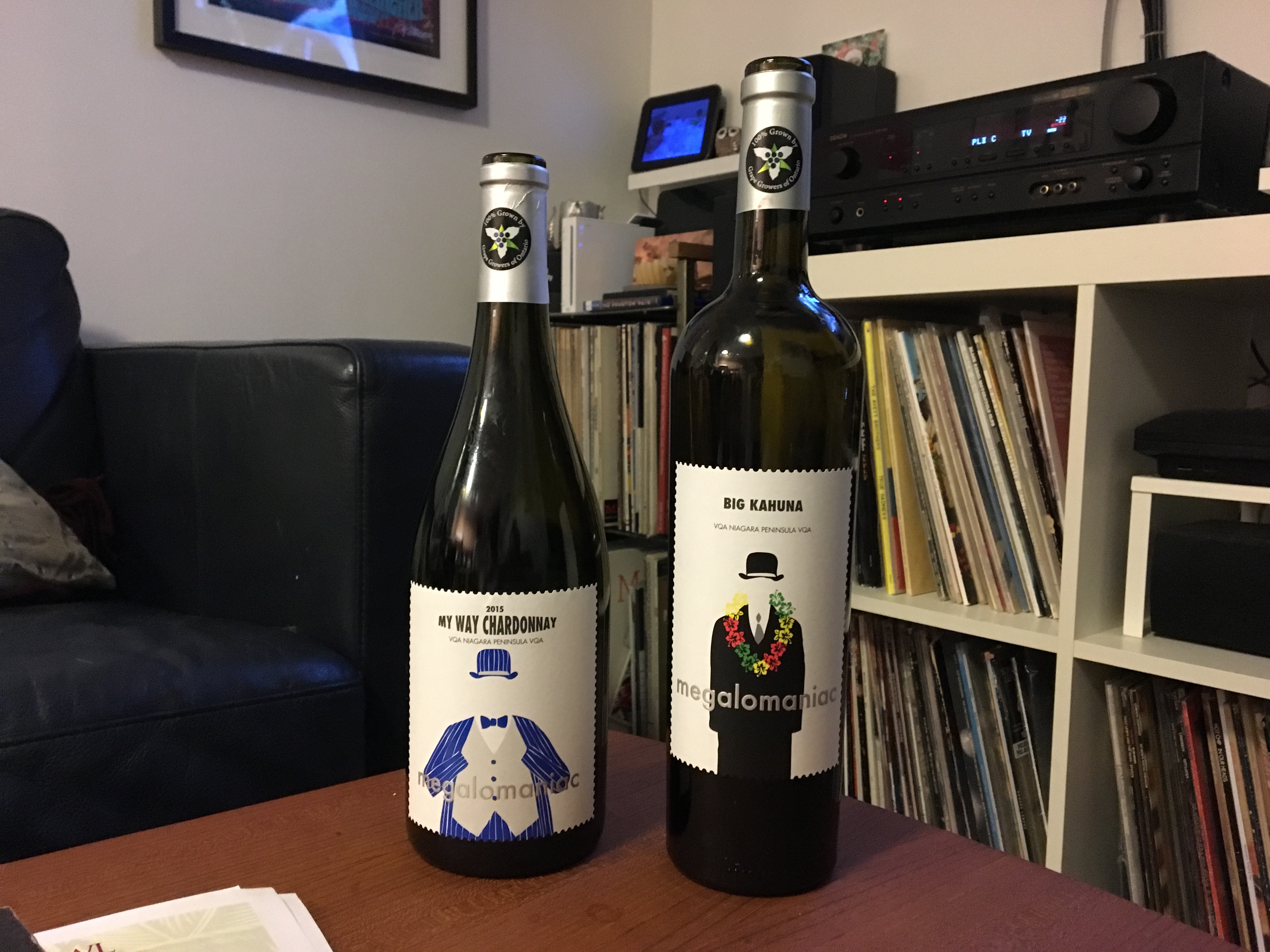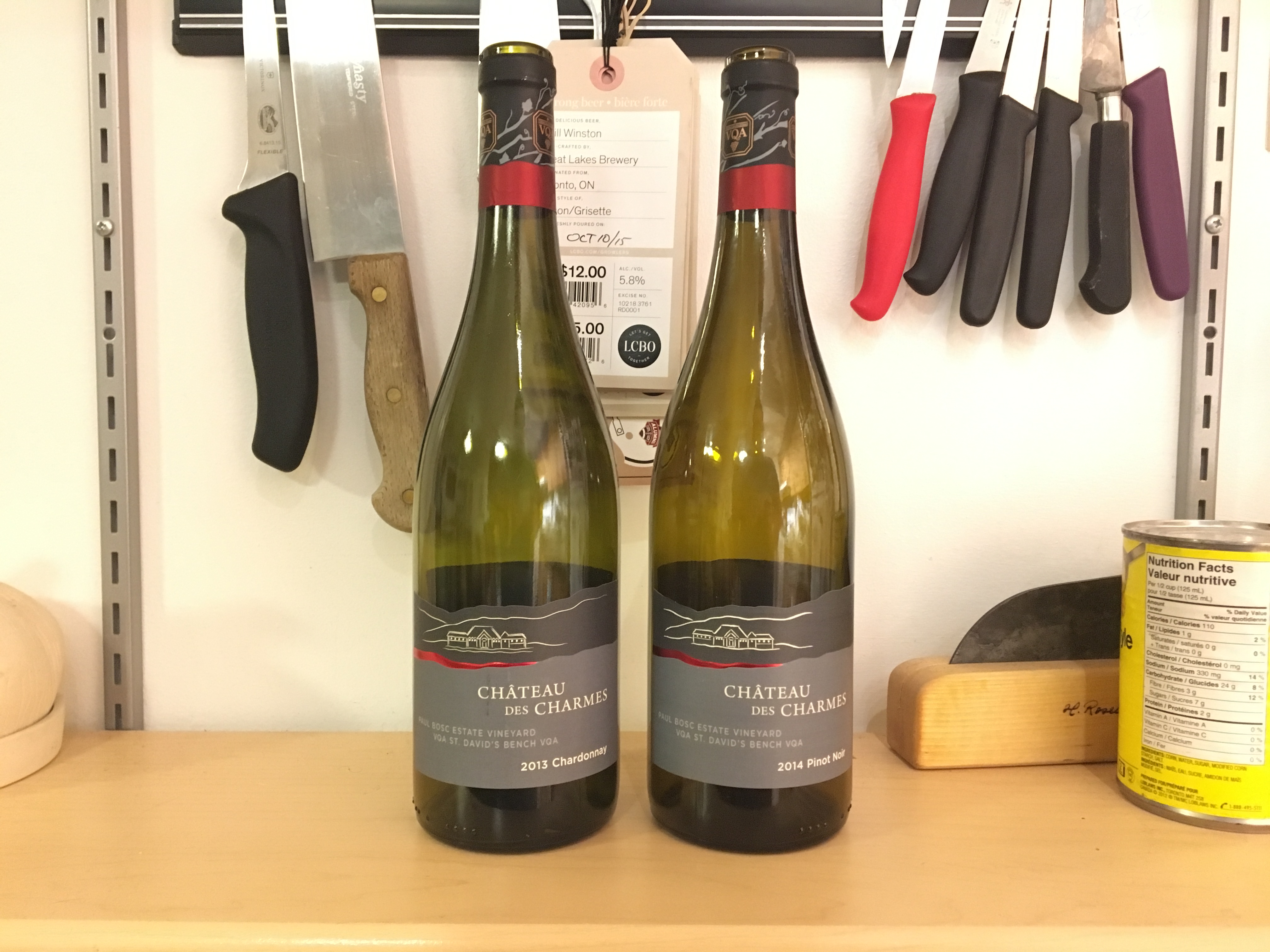
November 29 Project Pace a joint police sting targeting businesses in the GTA, and Windsor collected 6.5 million dollars in counterfeit goods. Among the seized goods were bottles of counterfeit Icewine. In a recent visit to Inniskillin I was informed of the growing issue of counterfeit Icewine. While the bust included Icewine in Canada we are insulated against getting scammed when buying premium wines. In most provinces Wine sales are controlled through their own regulatory bodies. Domestically demand for Icewine has also remained unchanged for the past few years. The largest growing market for Icewine is in Asia, more specifically China. In 2012 Canada exported more than 8 million dollars worth of Icewine to China. China currently accounts for 55% of all Icewine being exported. While local demand and production have remained the same the thirst for Canadian Icewine has grown five-fold since 2008. While difficult to track the exact number of counterfeit bottles being sold in China some people say that as much as 50% of the Icewine being sold in China is counterfeit.
The concern with counterfeit Icewine is that it will damage the brand of Icewine. Icewine, for most people, is not something you drink every day. You buy it as a gift and serve it for special occasions. Compared to most table wines it is quite expensive with prices ranging from thirty dollars for cheaper bottles to over one hundred dollars for top end Icewine. Let’s face it, for most consumers a bottle of Icewine will be the most expensive bottle of wine purchased over the course of a year. This is reason why people looking for a bottle of icewine are easy prey for counterfeiters. The average consumer isn’t familiar enough with Icewine to know the difference between real and fake because they only taste Icewine once or twice a year.
By reputation people only know that Icewine is sweet. Beyond the sweetness people don’t know what else to look for, or what to expect from a bottle. I spoke to Brian Schmidt from Vineland Estates and he told me that counterfeiters will go so far as to simply sweeten regular table wine by adding sugar and bottling it as Icewine. The counterfeiters are not worried about repeat business or about the quality of their product. One of the real concerns is that while the counterfeiters are not worried about the product in the bottle they are going to great lengths to copy the packaging. Brian told me he has seen bottles that have used photos of Vineland Estates pulled from the internet and put on the bottle. Brian has been working with distributors to help fight the counterfeiters. The Chinese government has taken steps to help fight counterfeiting by putting in place whistle blower hotlines. In spite of these hotlines it can still be difficult to fight a counterfeiter in court because they do not have “cease and desist” orders. A known counterfeiter can continue to manufacture the bogus product right until they go to court. Vineland have been working with their distributor in China so that they are not only selling authentic Canadian Icewine but bringing tourists from China to Canada to have them see and taste firsthand what goes into making a bottle of Icewine. Brian believes that by fighting counterfeiters with education the consumer will get tired of being ripped off.
In Canada wineries are also taking steps to help homologize Icewine being made in Canada. Wineries in Ontario and British Columbia have the VQA that oversee wineries and have a standard for making Icewine. Steps have been taken to create a Federally regulated definition of Icewine. By having a consistent label from coast to coast it will be easier to spot counterfeit wines. These new regulations took effect January 1, 2014.



